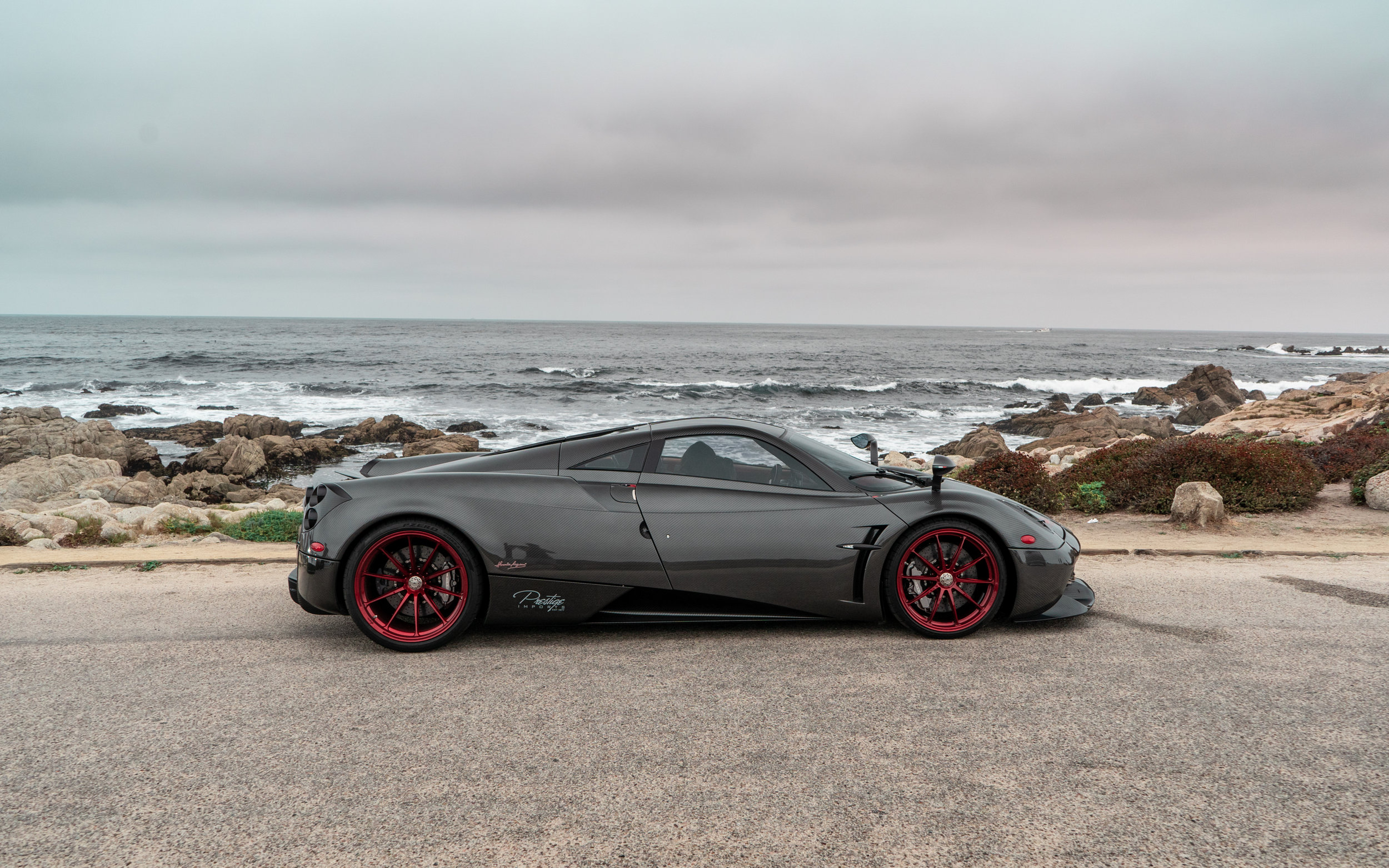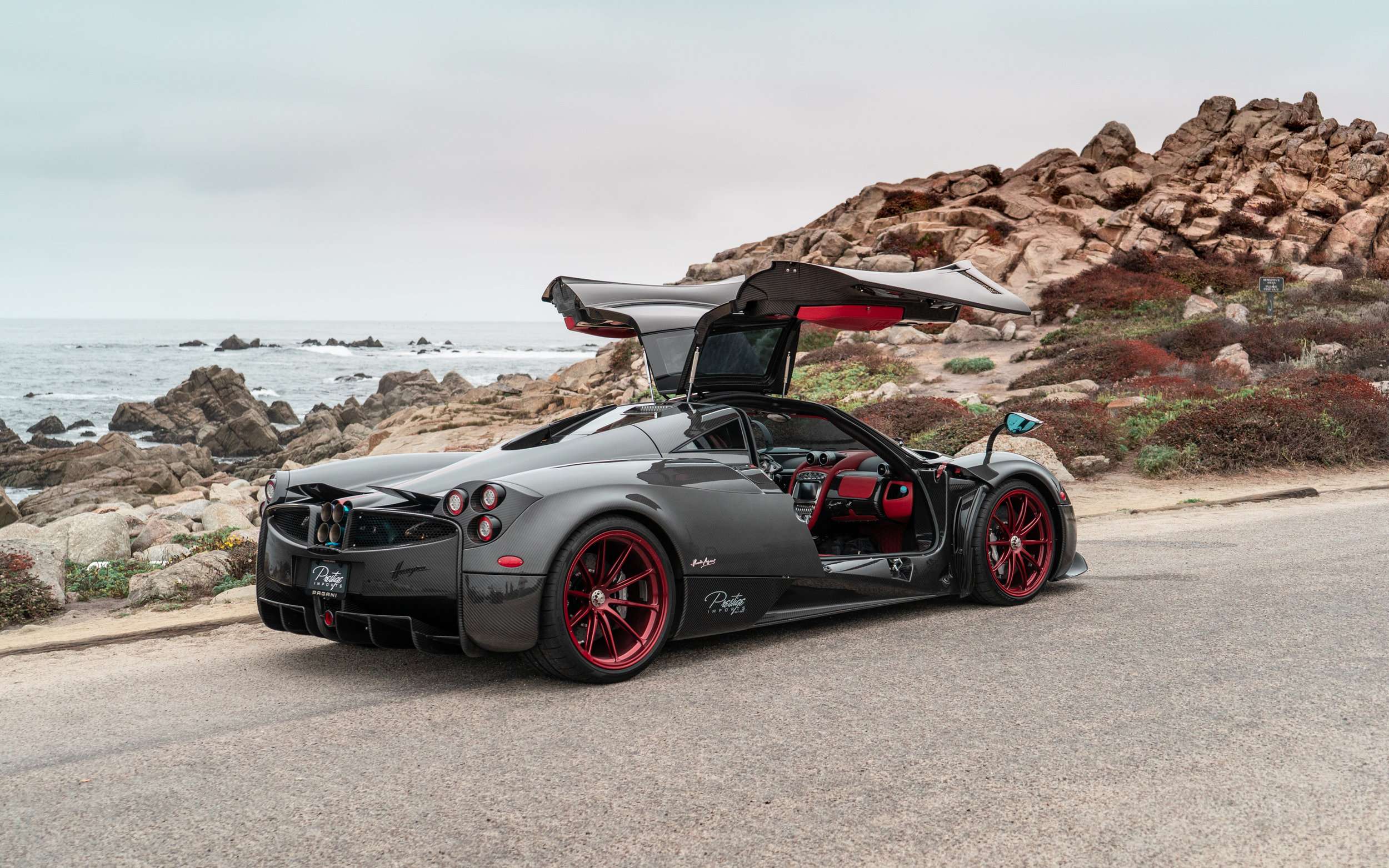Pagani Huayra

Horacio Pagani's Zonda had a manufacturing run of nearly 13 years before it was time for him to deploy his successor to arguably the most magnificent supercar to hit the streets of all time, the Huayra. When designing the Huayra Horacio focused on producing a lightweight chassis with an emphasis on maintaining the highest level of structural rigidity to allow the car to remain planted on the road while the suspension does all the work. To do so, Horacio integrated refined composite materials and technologies first tested on the Zonda R, and the fuel tank is located integrally in the center of the monocoque similar to Formula One cars. They even sacrificed the use of a dual-clutch gearbox because it was too heavy compared to the single clutch which shaves off 96kg and its titanium exhaust with slick inconel lining weighs in at just 10kg.
Mercedes AMG supplied the Huayra's 720hp, 740lb ft, V12, twin-turbo engine that features a bespoke fuel injection system making it the most efficient V12 engine in the market. This not only allows Pagani to exploit more power/liter from the AMG engine, but it also reduces emissions. To achieve such high levels of efficiency, AMG designed a two-stage fuel injection system that uses two microprocessors controlled pumps to feed fuel to the engine with the second pump only activated when necessary. This reduces the energy required to run the fuel pumps and eliminates the waste of excessive fuel being transported and heated in the fuel lines. Massive development went into the cooling system as well to reduce the number of lines needed to carry coolant (further reducing weight and increasing cooling efficiency).
The Huayra is well known for its sophisticated series of flaps situated near the four corners of the car create downforce and act as an airbrake much like the Veyron's spoiler, but also assist in literally steering the vehicle by independently controlling the grip levels at each wheel. Think of it as torque vectoring through the use of aerodynamics and the original "ALA" found on the Lamborghini Performante. The flaps work in harmony with the inputs of the controls by the driver adjusting instantly as the car's CPU sorts out the most effective angles based on minute details as the steering, throttle, and braking input, body pitch, yaw, and roll, and several other factors. To most, the Huayra will never dethrone the Zonda but if you are a fan of turbo wooshes and active aero you will love the Huayra. Which one would you choose the Huayra or Zonda? Comment below!











